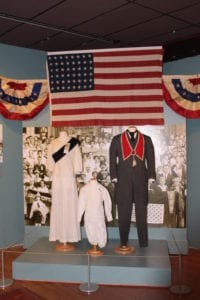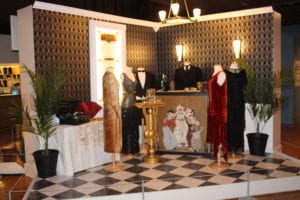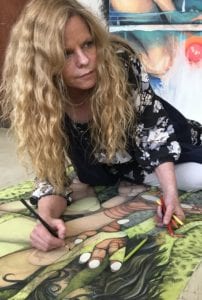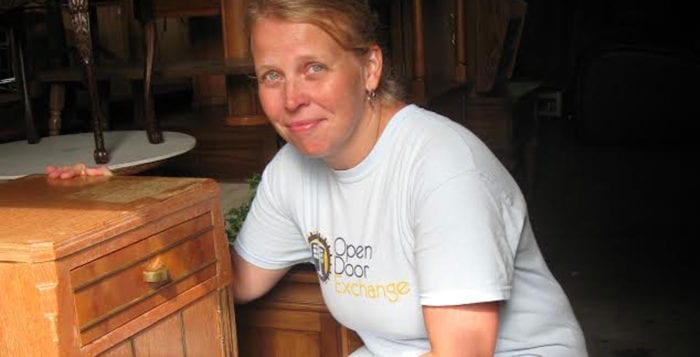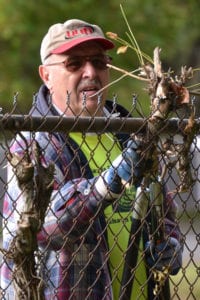By Susan Risoli
You don’t reach the age of 90 without learning a thing or two about living. For Setauket resident Marshall Irving, life is a bit like his favorite pastime of fixing antique clocks: value teamwork, be willing to listen and don’t forget to apply critical thinking when difficulties arise.
“Figure out what is going on and what you can do about it to make it better,” Irving said recently in an interview at his home. “And whether it’s a mechanical issue or something to do with people, bring an open mind about the problem you’re working on.”

Irving is an antiquarian horologist — someone who restores and maintains antique timekeeping devices. The Ward Melville Heritage Organization relies on his skills to keep its tower clock and landmark eagle in good running order. WMHO president, Gloria Rocchio, called Irving “one of the Three Village area treasures, just like the eagle.”
Irving has always been fascinated by the carved wooden eagle, which since 1941 has flapped its 10-foot wingspan from a vantage point atop the Stony Brook post office.
“The Stony Brook eagle is the only one we know of in the world,” Irving said.
He started working on the clock and the eagle 20 years ago.
“When I first got involved, the eagle was in such bad shape, it was shaking the building,” he recalled. “I put in a chain drive and a new gearbox to drive its wings.”
Back then he would climb up four flights of stairs to get to the big bird. “Then I made it, so we could work it out of a closet in the office by pushing buttons, rather than physically going up there,” he said.
“When I first got involved, the eagle was in such bad shape, it was shaking the building.”
— Marshall Irving
Irving was trained as a steamboat engineer at the Kings Point Merchant Marine Academy. He and his wife, Arline, moved to the Three Villages when he went to work at the Dayton T. Brown company. He also served as a naval intelligence officer, which he said “was kind of fun.” The Irvings have four children, six grandchildren and two great-grandchildren with a third great-grandchild on the way.
The Irvings’ home is filled with clocks, each playing a soft chorus of chimes that sound at different times with different notes. Hanging on the wall is “the first clock I got serious about fixing,” an 1860s Seth Thomas clock that was in Irving’s grandfather’s office at the Baltimore and Ohio Railroad.
The Mather House Museum in Port Jefferson has an antique clock collection that Irving restores and maintains. He runs a “clock school” there, where he teaches people how to restore antique clock mechanisms and finishes, and how to make the clocks look their best for public display. Irving said he teaches his students that patience and teamwork are essential to diagnosing and treating the problems of these delicate clocks.
“We have people come into our clock school and run out screaming because it doesn’t fit their mindset,” he said. “They don’t realize it takes years to learn these things.”
He added, “I’ve been doing this for 50 years, and there are still things I’m learning, every day.”
Irving said he will continue being an antiquarian horologist for his own pleasure and to spread the word about the beauty of aging clocks.
“I enjoy talking to people about it, because the ability to do this is starting to die out,” he said. “A sad thing for me is that we don’t teach children how to tell time anymore from an analog dial on a clock.”













